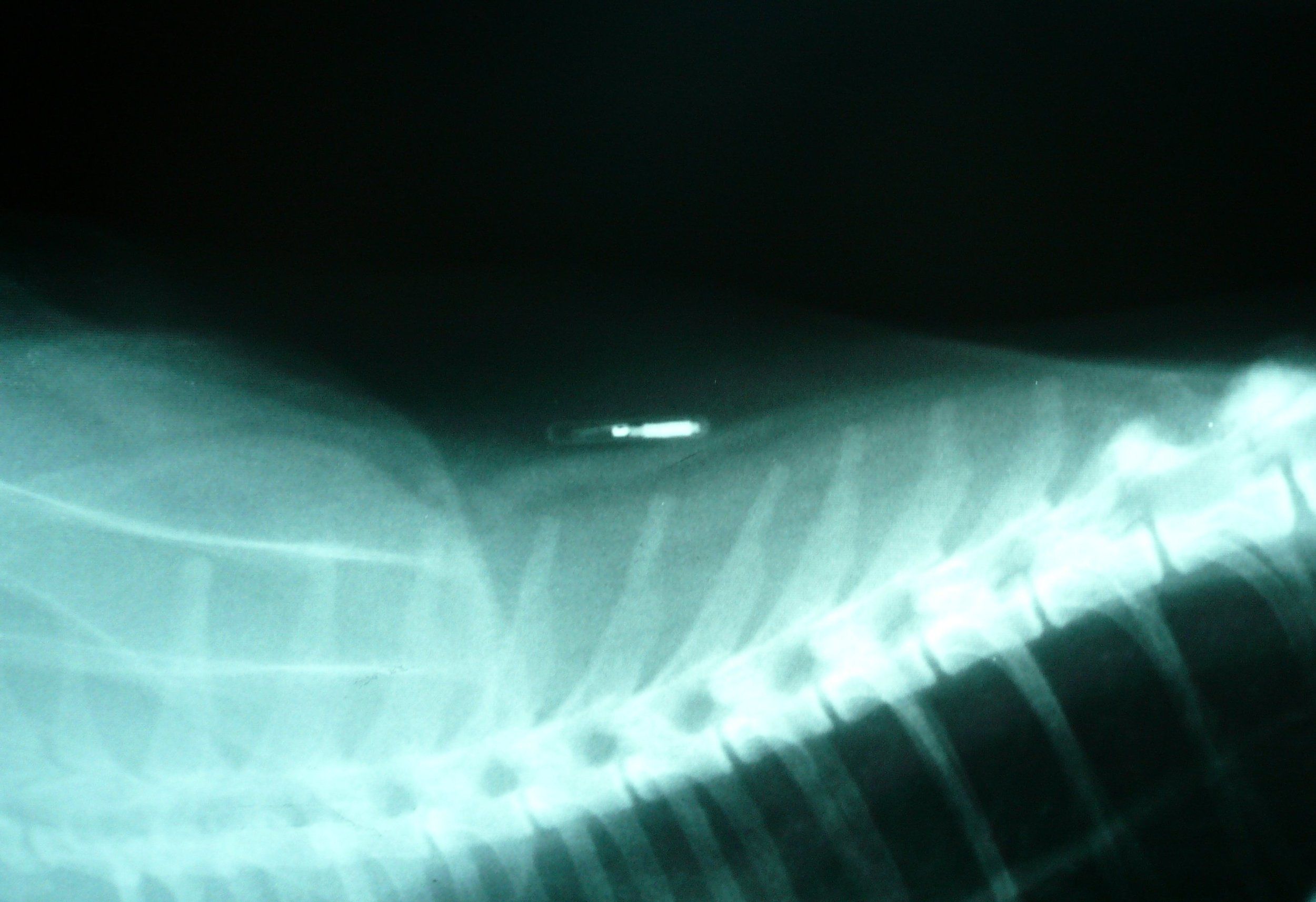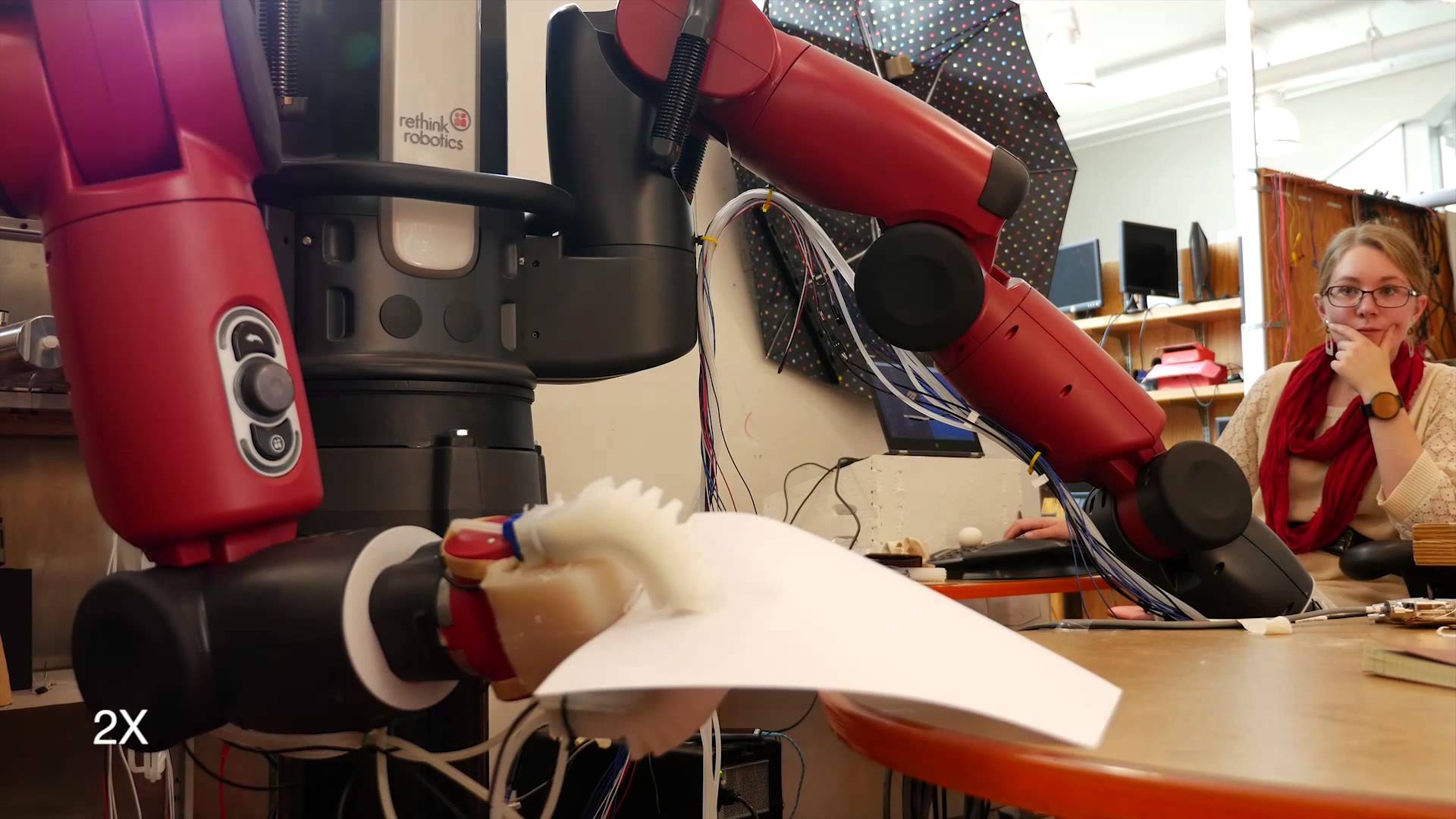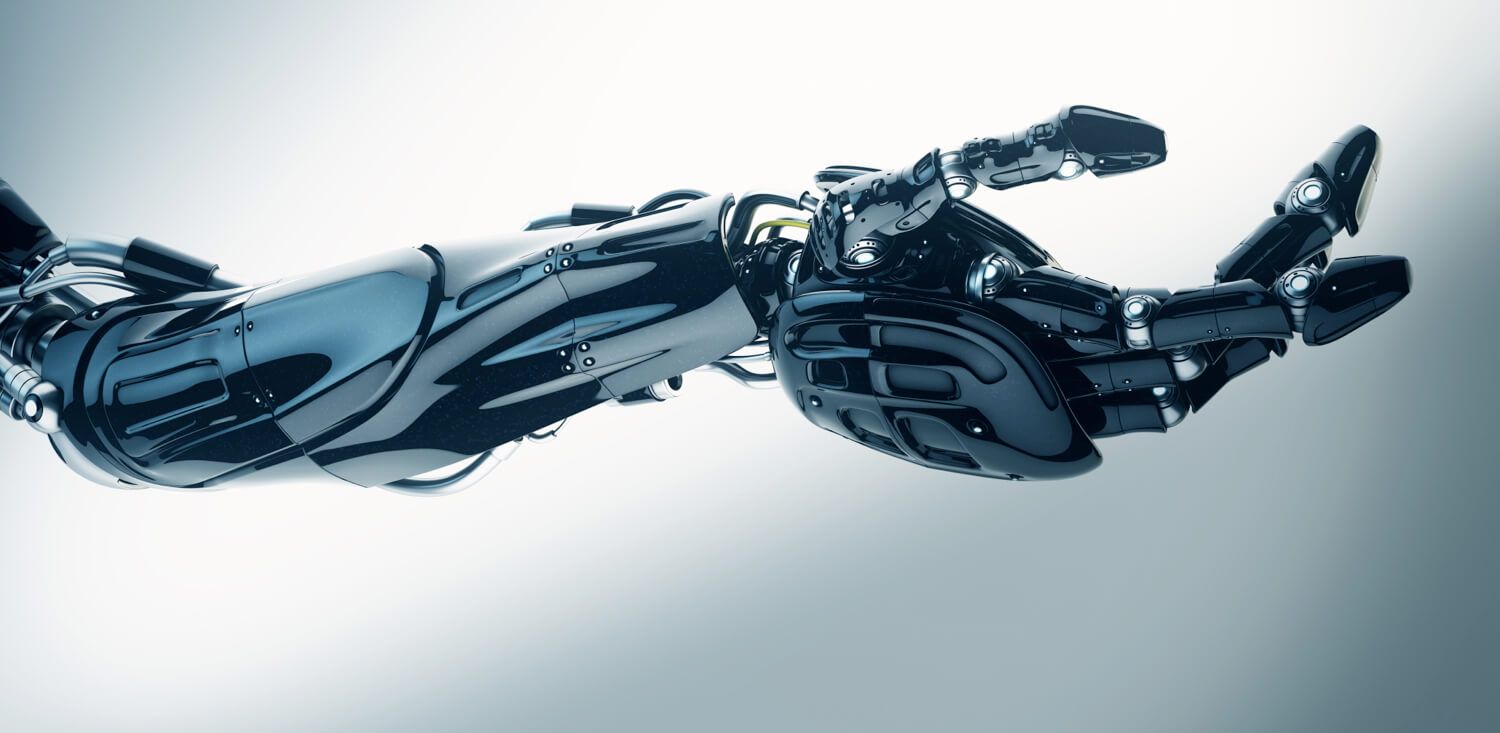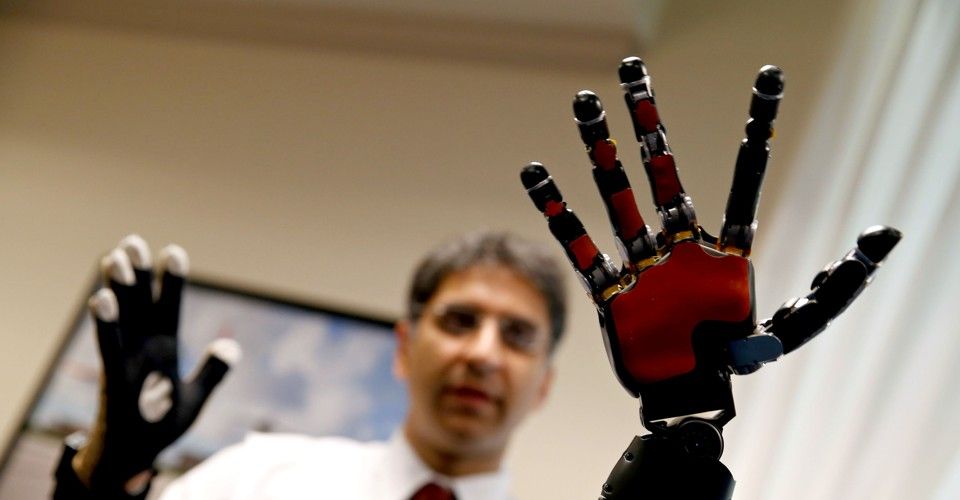Oct 4, 2015
This new smart glove can turn sign language into text and speech
Posted by Shailesh Prasad in categories: computing, electronics
Sign language has helped the hearing-impaired communicate for many centuries, way before it was formalised and officially recognised, but this long-standing language of gestures has now been given a 21st-century technological upgrade. Saudi designer and media artist Hadeel Ayoub has invented a smart glove that recognises hand movements and converts them into the relevant text.
Much like Google Translate can give anyone a basic grasp of a foreign language in an instant, this glove is designed to help sign language users make themselves understood by those who can’t usually interpret it.
Five flex sensors sit on the fingers, monitoring how they’re being manipulated, while an accelerometer integrated into the fabric of the glove figures out how the hand is being held and the direction in which it’s pointing. Through three successive prototypes, the glove has been made thinner, lighter, and faster, and the latest version includes a text-to-speech chip to vocalise the words as they’re signed.
















